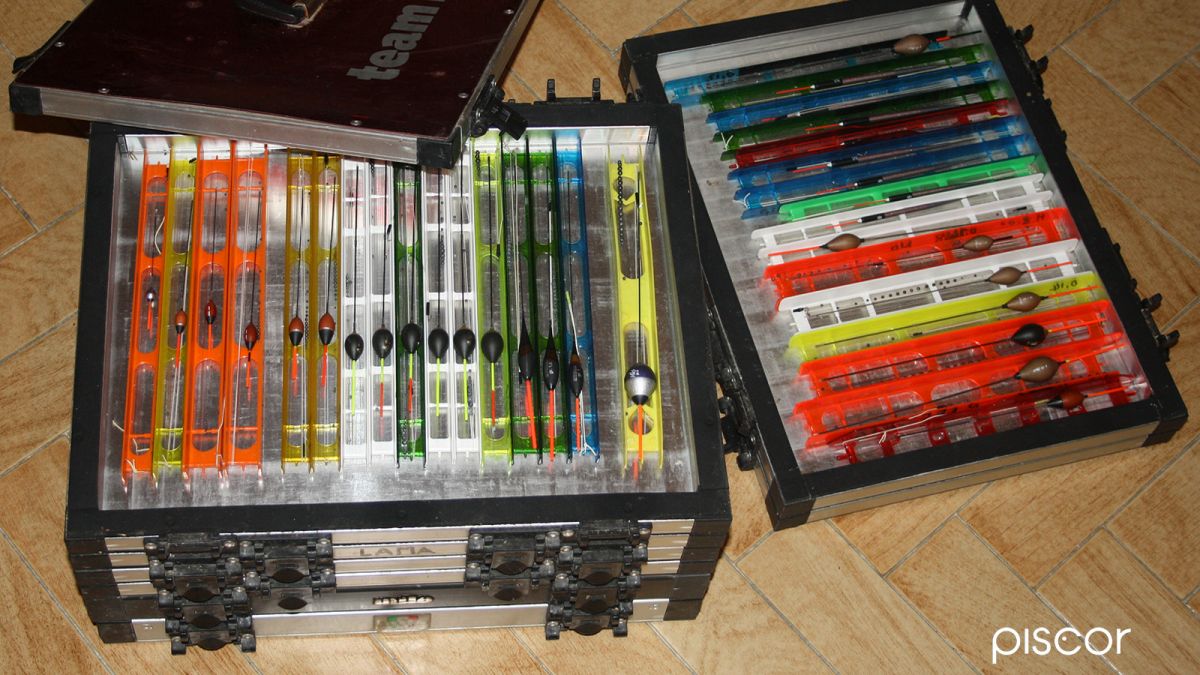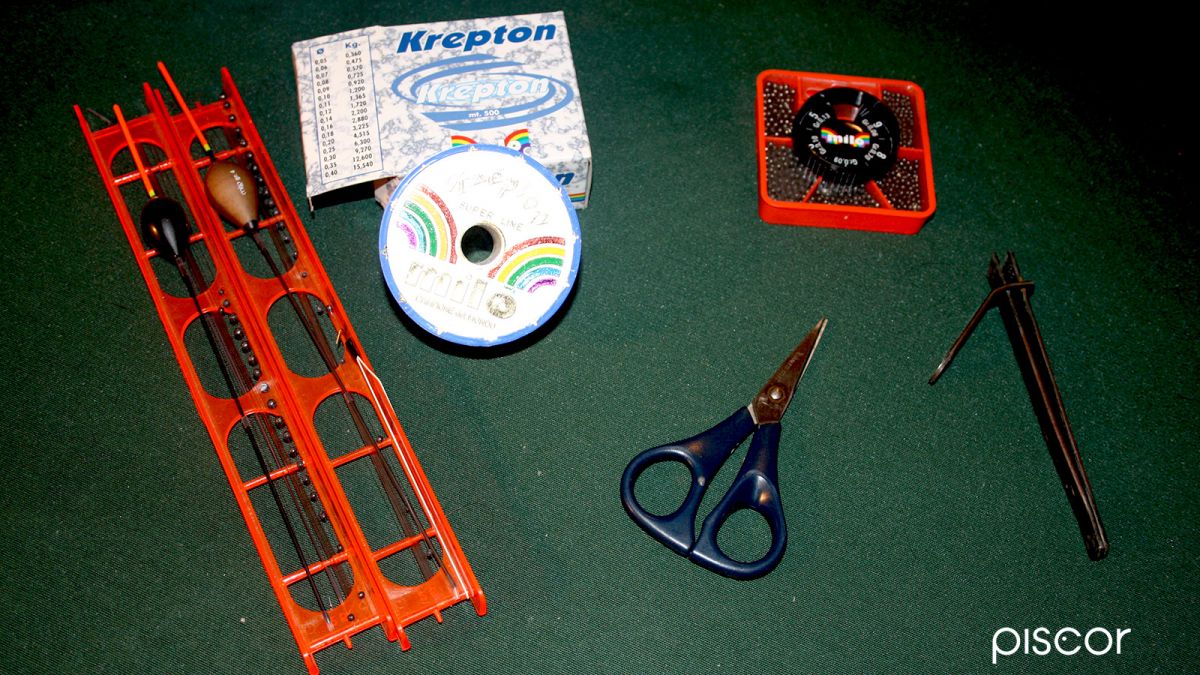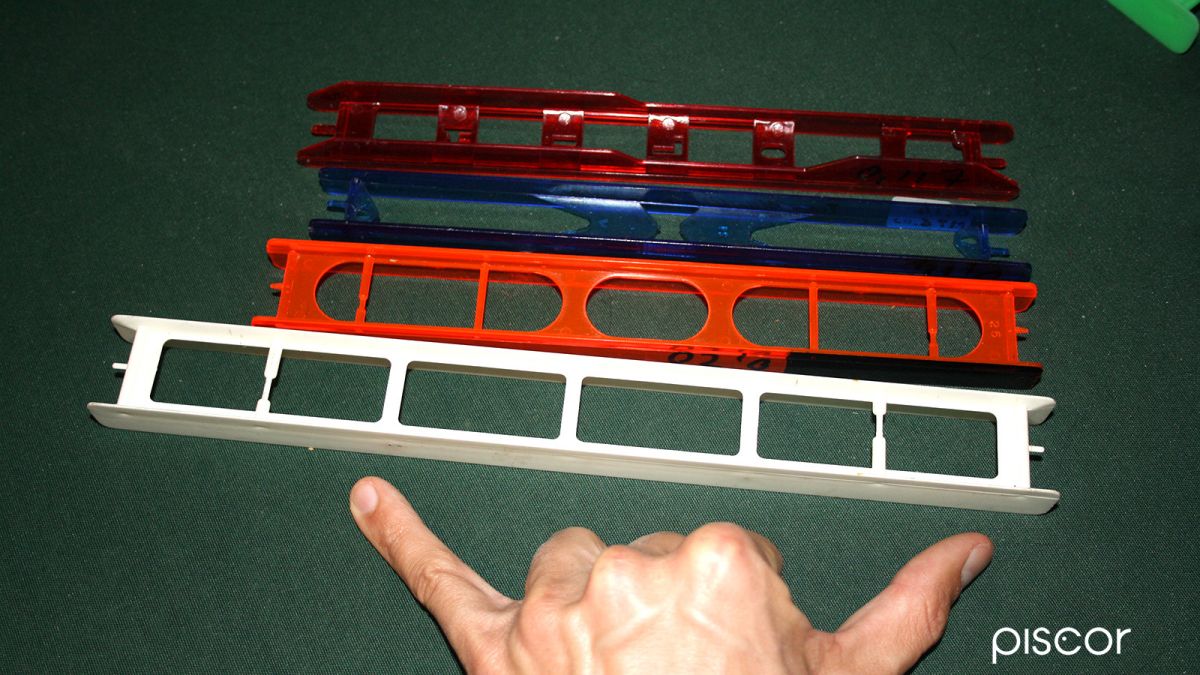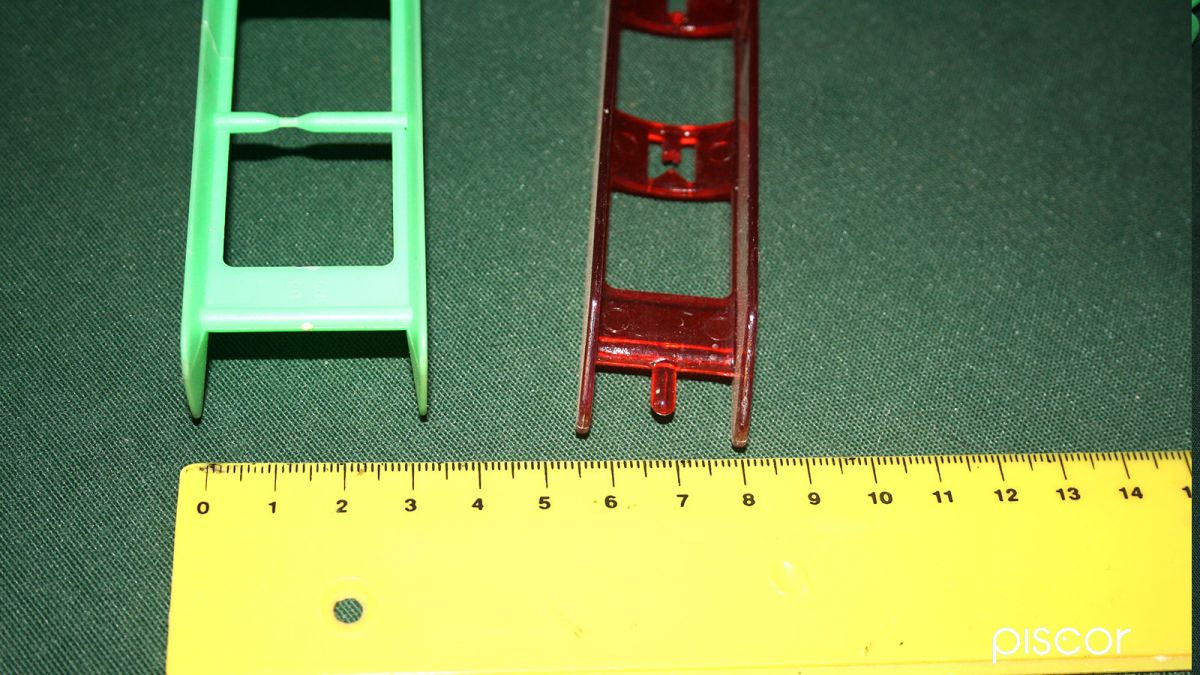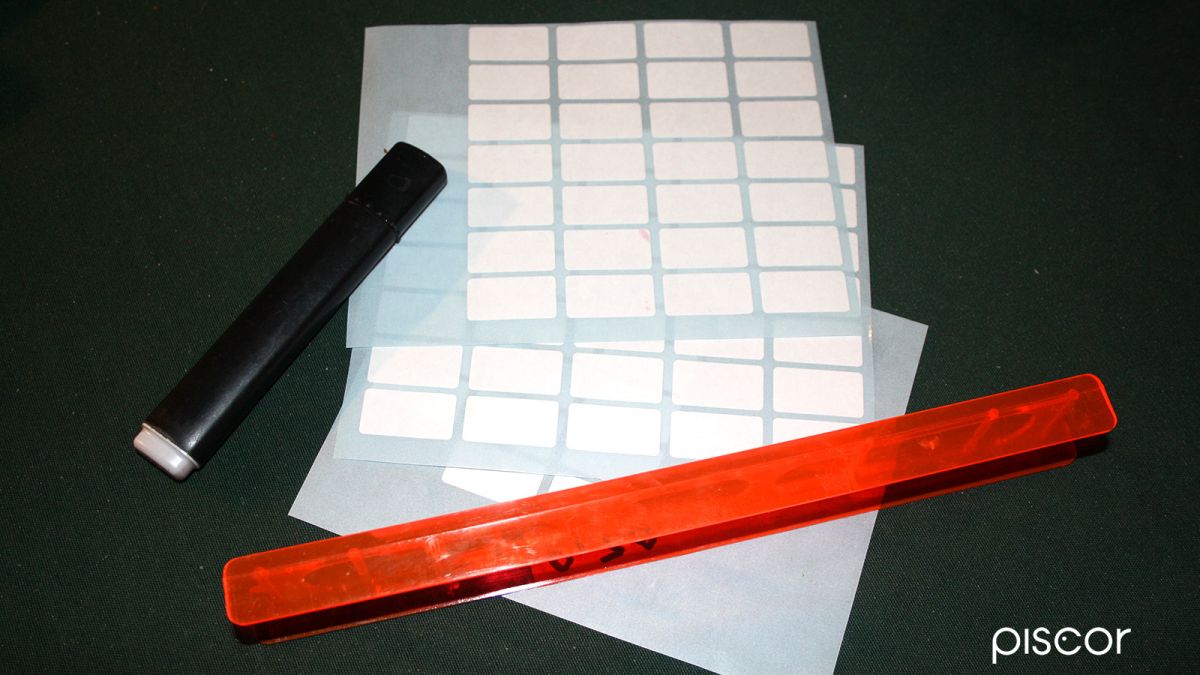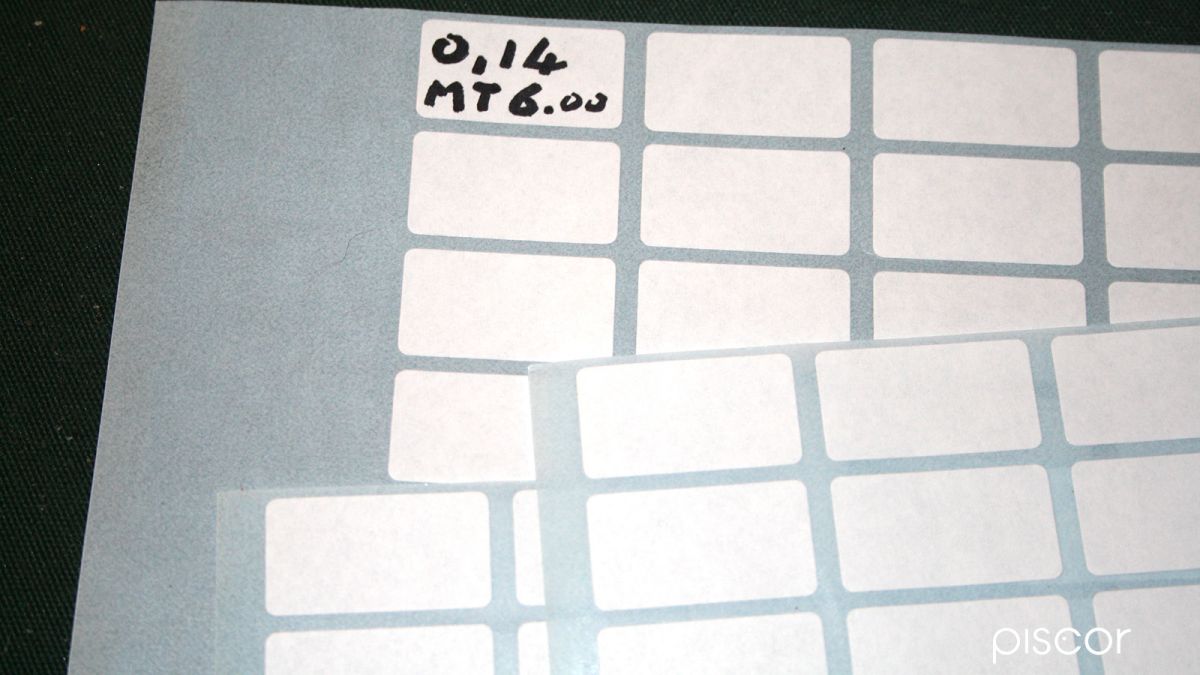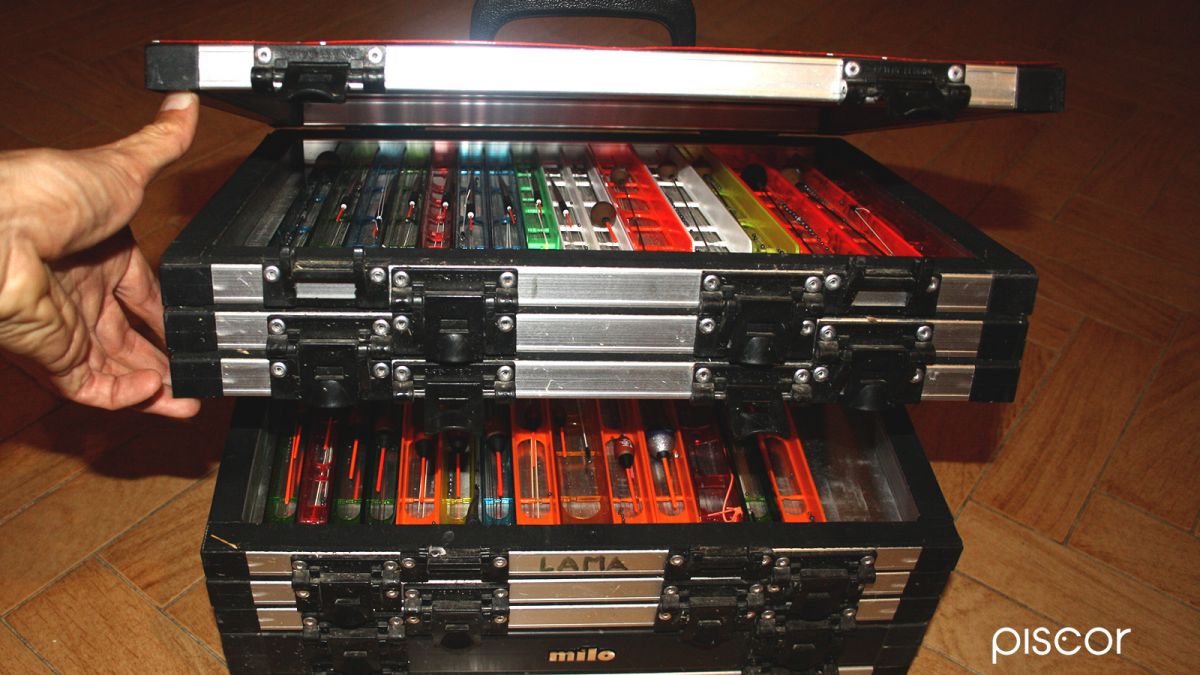For any fisherman, competitive or not, it is essential to have good fishing lines always ready to use. This allows you to be prepared for all eventualities, regardless of where you go to fish and the climatic conditions that lie ahead.
One of the first things that many of us have assimilated by starting to fish was the difference that exists between the various fishing sites and, therefore, the different approach that the fisherman must have in each situation, also taking into account that the same place may present important changes based on the season, the wind, the water level, etc..
All this is summed up in the need to have with them a certain number of lines, ready, which differ in the layout of the lead, weight, diameter of the wire and shape of the float.
It is also true that, often, the ideal setting must be made at the time on site, after carefully observing the situation that lies ahead. Nevertheless, having a good number of valid alternatives in your basket can help us enormously, if only when you face a new spot of which we have no information and previous experience and, even more, in places already frequented of which we know the possible variables as well as the kinds of lines that could come to our aid.
The importance of schemes
Before facing the preparation, it is important to have a clear plan in mind, to avoid wasting time unnecessarily, building settings without criteria that will never be useful to our needs.
In the winter months, when the time to fish is limited by the weather conditions, there is more time to devote to the preparation, so it is better to focus on the construction of the lines and rigs that will be needed throughout the year.
To do this well, it is imperative to have an idea of the places we will visit most often, imagining the setting that will be used most. In this way it will be possible to choose the appropriate markers, their weights, the most suitable nylon diameters and the seals that we are used to using.
Only after having carefully considered what we will have to achieve, it will be possible to start the "assembly line", following some rules that you will find in the following paragraphs to obtain a certain order and always be sure to have intact lines and easily identifiable characteristics.
4 floats, 3 diameters, 2 geometries
A good idea could be to use four forms of signalers, combining them with two classic and different seals, combining them with three different diameters of monofilament.
We will then use elongated drip floats, collected drip floats, the whistle and the sail float. With these four shapes we can face many types of water, feeling ready in almost any situation. If we combine this with settings made of three different nylon, usually equal to 0.18 (carpodrome or violent fishing), 0.14 (for almost all types of fishing) and 0.11 (for suspicious and refined prey) we amplify even more the choice.
In conclusion, it is enough to build half of the lines with a shouldered plumbing to open downwards, which is always modifiable when we are in action and the other half with a bulk and two or three pellets below. Here, then, that the fishing lines group is ready, offering me the opportunity to fish in deep waters, shallow, fast, slow or still, but also in the presence of wind, of demanding prey or very suspicious.
To make these settings perfect in every circumstance, moreover, it will be possible to vary the rig that will be joined at the appropriate time, taking into account the type and size of the hook that will serve and the thickness of the rig itself.
A standard length
When making the lines it is advisable that they all have the same length, and then be shortened at will at the time of use. In our opinion, it is a good idea to build them with a length of 6-6.5 meters, since in most of the places where we will go fishing, it will be difficult to find greater depths. Clearly, this length is sufficient for a maximum depth of 5 meters, taking into account the portion of remaining wire needed for the banniere.
It goes without saying that depending on the individual needs of each fisherman, this length can vary without any problem. Let's take the case that some of us have among their favorite places a small lake of just two meters of water, or a very deep river, it is logical that the length of the lines that will prepare in advance will take into account these situations, being able to avoid the waste of several meters of nylon in the first example or the need to add inconvenient and inadequate lengths of wire in the second case.
Line Winder
Winding also plays a fundamental role in the construction of the lines, precisely because it is necessary to house the ordered nylon and to protect the delicate body of the floats. On the market there are products of different lengths, thicknesses and widths, but also with relatively different shapes.
The priority aspect, when choosing these accessories, is certainly the size of the same, choosing the most suitable length and width according to the volume of floats that will be housed inside. With a winding length of 22-25 cm and a width of 4 cm, it is possible to preserve almost all the markers, which will rarely have a length or a width greater than the measures listed above.
Another small trick to better identify the various types of lines in the basket, avoiding wasting precious time, is to diversify them by choosing winding with different colors, so that each shade corresponds to a frame with different characteristics.
Mark the specifications
Once the lines have been prepared, it is necessary to ensure that the main characteristics are marked on the reels, so that the frame can be recognised immediately at the appropriate time.
Especially after a few months of preparation it is impossible to remember by heart which line was made with one thread rather than another, as well as the actual length. For this reason, use a marker pen to mark the diameter of the nylon used to make the line and the total length of the line on the line reels, even better with a removable adhesive label. In this way, taking into account that the geometry of the line, as well as the weight of the indicator are visible to the eye, you can immediately reconstruct all the peculiarities of each frame in our group of lines.
Storage and transport of lines
We have already pointed out that these frames will have a long life, as they can be used throughout the year and beyond. At the same time we need to know that nylon has a certain delicacy and suffers the damage of both light and humidity and temperature. That's why it's important to keep your lines away from light and heat.
There are two best solutions: the first is to use a shoebox, while the second is to use a wooden box or even a chest of drawers (always made of wood). The cardboard and the wood, in fact, besides protecting from the light, have the advantage not to suffer strong thermal excursions, leaving the lines to a climate more or less stable all year round.
To transport them, however, it is advisable to buy a suitcase of those modular with the modules of the basket, so that you can always vary the volume of the same based on the amount of lines that you will need to carry behind, and choosing compartments more or less bottoms based on the measures of the floats.

